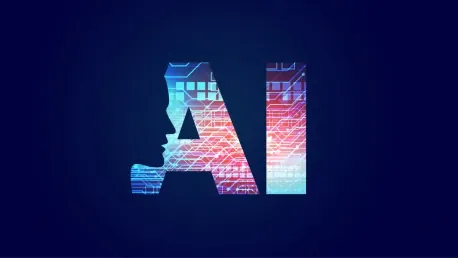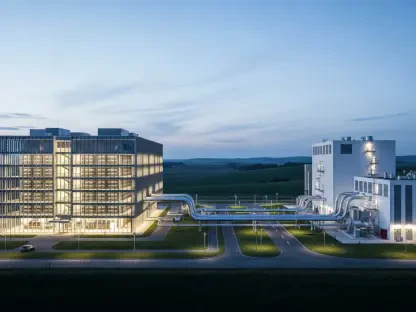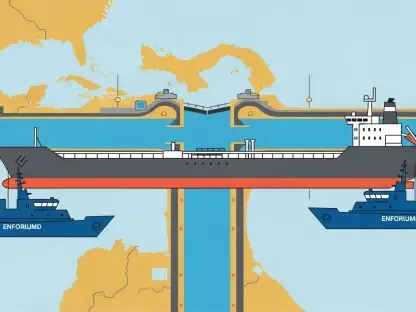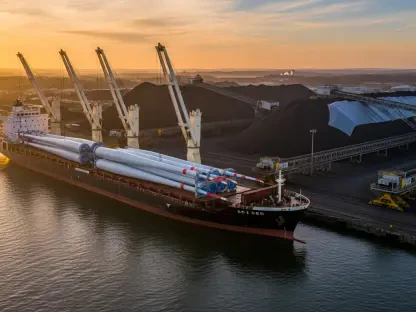Christopher Hailstone has extensive experience with energy management, renewable energy, and electricity delivery. As our Utilities expert, he provides valuable insights on grid reliability, security, and how AI innovations can impact these sectors.
How do you believe AI will transform industries in general?
AI has the potential to dramatically change industries by optimizing operations, improving decision-making, and enhancing productivity. In general, AI can analyze vast amounts of data faster and more accurately than humans, leading to more efficient processes, reduced errors, and new insights into complex systems.
Specifically, how do you see AI impacting the renewable energy and transmission and distribution (T&D) sectors?
In the renewable energy and T&D sectors, AI can optimize energy production and distribution, predict equipment failures, and balance supply and demand more effectively. This can lead to a more reliable and efficient grid, reduced energy waste, and lower costs for both providers and consumers.
Can you tell us more about Schneider Electric’s AI hub and its role within the organization?
At Schneider Electric, we established an AI hub to explore and implement AI applications across our operations. The hub focuses on developing AI-driven solutions to improve our energy management, optimize factory operations, and enhance productivity. It’s a central part of our strategy to leverage advanced technologies to meet our goals.
How is AI being deployed in Schneider Electric’s factories?
We are deploying AI in our factories to streamline operations, reduce energy consumption, and minimize waste. AI systems monitor production processes in real-time, allowing us to make data-driven decisions to optimize efficiency. This includes predictive maintenance, where AI predicts equipment failures before they occur, reducing downtime.
What are some specific examples of AI improving factory operations, such as energy consumption or productivity?
In our factories, AI has helped us optimize energy use by analyzing patterns and identifying areas where we can reduce consumption without impacting production. For example, AI can adjust heating and cooling systems based on real-time data, leading to significant energy savings. Additionally, AI-driven predictive maintenance has improved productivity by reducing unexpected equipment failures.
How have you managed to integrate AI with a multigenerational workforce?
We focus on training and continuous learning to ensure that all employees, regardless of their generation, understand and can leverage AI tools. By fostering a culture of collaboration and encouraging knowledge sharing between experienced workers and younger employees, we have successfully integrated AI into our operations.
What benefits have the existing workforce seen from the adoption of AI technology?
The existing workforce has seen benefits such as reduced workload for routine tasks, allowing them to focus on more strategic and engaging activities. AI has also enhanced their decision-making capabilities by providing deeper insights and accurate predictions, making their jobs more efficient and fulfilling.
How important is it for both new and experienced workers to see the value in AI tools?
It is crucial for all workers to see the value in AI tools for successful integration. Both new and experienced workers need to understand how AI can make their jobs easier and improve outcomes. When they see tangible benefits, such as reduced manual labor and better decision support, their acceptance and enthusiasm for AI increase.
How would you compare the hype around AI to past technologies like the Internet and personal computers?
The hype around AI is similar to the enthusiasm seen with the advent of the Internet and personal computers. Like those technologies, AI has the potential to revolutionize our daily lives and work. However, it is also overhyped in some contexts, and its true value will become evident as it matures and integrates more deeply into various sectors.
What is your perspective on the adoption timespan for AI compared to these previous technologies?
AI adoption is happening at a faster pace compared to the Internet and personal computers due to the broader digital infrastructure we have today. Companies are more tech-savvy, and the demand for advanced data analytics is higher. However, AI’s widespread adoption still requires overcoming challenges related to data privacy, security, and the need for specialized skills.
How do you balance the significant energy demands of AI with its potential benefits for the energy industry?
Balancing AI’s energy demands involves improving the efficiency of data centers and utilizing AI to optimize energy use. At Schneider Electric, we are working with partners to enhance data center cooling systems and improve chip designs to reduce energy consumption. AI’s benefits in optimizing grid operations and reducing waste can offset its energy demands.
What steps is Schneider Electric taking to make data centers more efficient?
We are redesigning data centers to enhance their energy efficiency by implementing advanced cooling systems and collaborating with chip manufacturers to develop more efficient hardware. These steps help reduce the energy footprint of data centers, making them more sustainable.
How are collaborations with companies like NVIDIA contributing to these efficiency improvements?
Collaborations with companies like NVIDIA are critical, as they provide the technology that drives efficiency. Together, we work on developing new chipsets and improving cooling solutions that reduce energy consumption and improve performance. This collaboration helps us stay at the forefront of innovation and efficiency in data centers.
How has the COVID-19 pandemic impacted your supply chain operations?
The COVID-19 pandemic highlighted vulnerabilities in our supply chain and forced us to adapt quickly. We faced disruptions due to lockdowns and restrictions, leading us to redesign our supply chain for greater resilience and robustness. This included diversifying our manufacturing locations and improving our ability to respond to disruptions.
Can you elaborate on the “power of two” program and how it de-risks the supply chain?
The “power of two” program involves manufacturing key products in multiple locations, such as in both the US and Europe. This dual-sourcing approach ensures that if one facility faces disruptions, we can rely on the other to maintain supply. It increases our flexibility and reduces the risk of supply chain interruptions.
How does Schneider Electric ensure resilience across its supply chain?
We ensure resilience by working closely with our suppliers to enhance their capabilities, creating redundancy in our manufacturing processes, and continuously monitoring our supply chain through a control tower. This proactive approach allows us to quickly identify and address potential issues before they escalate.
What workforce challenges do you face with the implementation of AI?
One of the main challenges is the shortage of AI-trained personnel. While we strive to attract new talent, we also focus on upskilling our existing workforce to bridge the knowledge gap. Change management and ensuring workers understand and adapt to the new technology is another significant challenge.
How do you manage the need for AI-trained personnel and the existing workforce?
We invest in comprehensive training programs for both new hires and our existing workforce. By offering continuous learning opportunities and fostering an innovation-driven culture, we ensure that our employees are equipped with the skills needed to leverage AI effectively.
Can you describe the role of change management in integrating AI within your operations?
Change management is crucial in integrating AI. It involves clear communication about the benefits of AI, training programs to build the necessary skills, and fostering a culture that embraces innovation. Successful change management ensures that the workforce is aligned and motivated to use AI tools to improve operations.
How does the advent of AI change the type of employees you are looking to hire?
The advent of AI changes our hiring priorities towards individuals with skills in data science, machine learning, and AI technology. We also look for candidates who can adapt quickly, collaborate effectively, and are willing to continuously learn new skills as AI technologies evolve.
What emerging skills are becoming crucial in your industry, such as prompt engineering?
Emerging skills in our industry include prompt engineering, data analysis, and machine learning. Understanding how to interact with AI systems, utilizing data for decision-making, and developing AI algorithms are becoming increasingly important. We also value strong problem-solving skills and the ability to work across interdisciplinary teams.
Do you have any advice for our readers?
My advice is to stay curious and embrace continual learning. The energy industry is evolving rapidly with the advent of AI and other technologies, and those who adapt and acquire new skills will be well-positioned to thrive. Always look for ways to leverage technology to improve your efficiency and productivity, and don’t be afraid to innovate.









